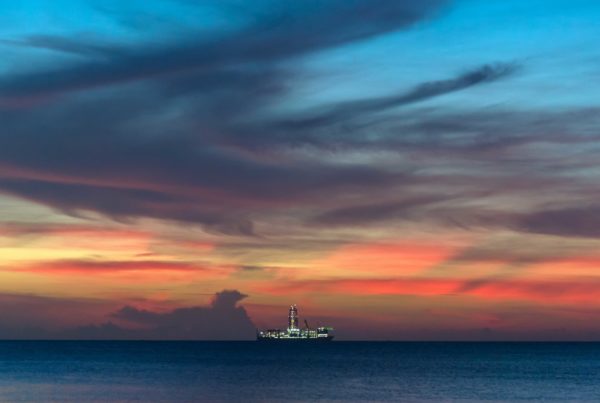 LNG technology evolved as a solution to the problem of transporting large quantities of gas over long distances. Developments in the market over the next five years are expected to have a significant impact on both the construction of LNG carriers and the primary LNG trading routes.
LNG technology evolved as a solution to the problem of transporting large quantities of gas over long distances. Developments in the market over the next five years are expected to have a significant impact on both the construction of LNG carriers and the primary LNG trading routes.
The LNG carrier market is currently over-supplied. A combination of low commodity prices and a reduction in imports from key consumers such as Japan (following the re-start of its nuclear power stations), has resulted in a substantial decline in charter rates for LNG carriers to approximately $25,000 a day – considerably below typical breakeven costs of $40,000. We note that 36 carriers were delivered in 2015, and only four newbuilds having been ordered in 2016 at the time of writing.
However, this trend is expected to change over the 2017-2021 period, due predominantly to liquefaction projects expected onstream in Australasia and North America. Notably, the USA is forecast to increase its LNG export capacity from 11mmtpa in 2016 to 77mmtpa by 2021. In the World LNG Market Forecast Report 2017-2021, DW forecasts the delivery of over 150 units yet to be ordered over the 2017-2021 period, in addition to the current order book, in order to satisfy this additional supply.
With the USA on track to be become one of the world’s largest exporters of LNG, this will result in a diversification of the primary trade routes for LNG transportation. Notably, the expansion of the Panama Canal enables it to accommodate larger LNG tankers, and also provides a means for vessels travelling to Asia and South America from the Gulf Coast to reduce their voyage times. This is ultimately expected to introduce greater competition to LNG trading routes.
Katy Smith, Douglas-Westwood London
+44 (0)1795 594745 or [email protected]



